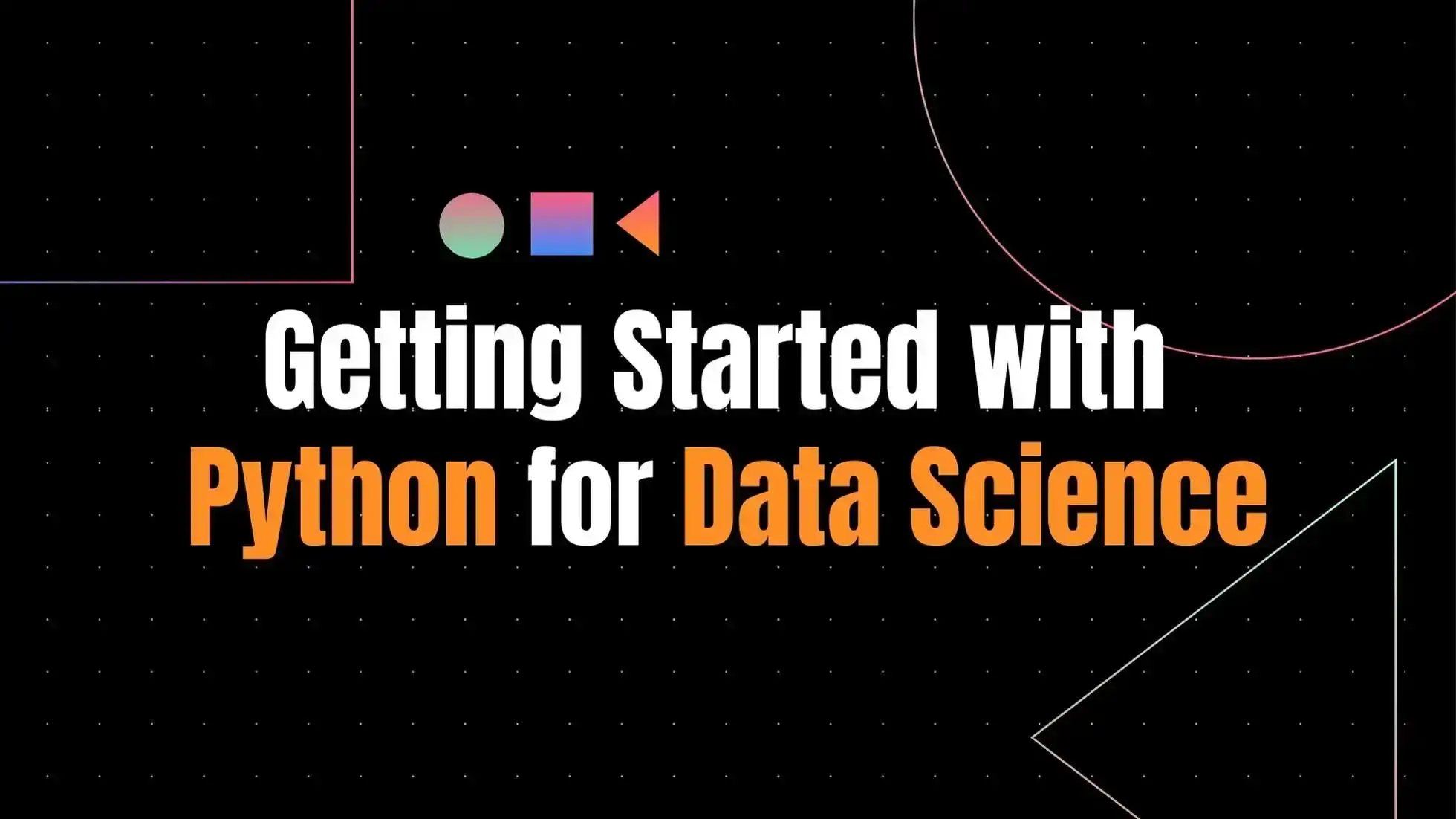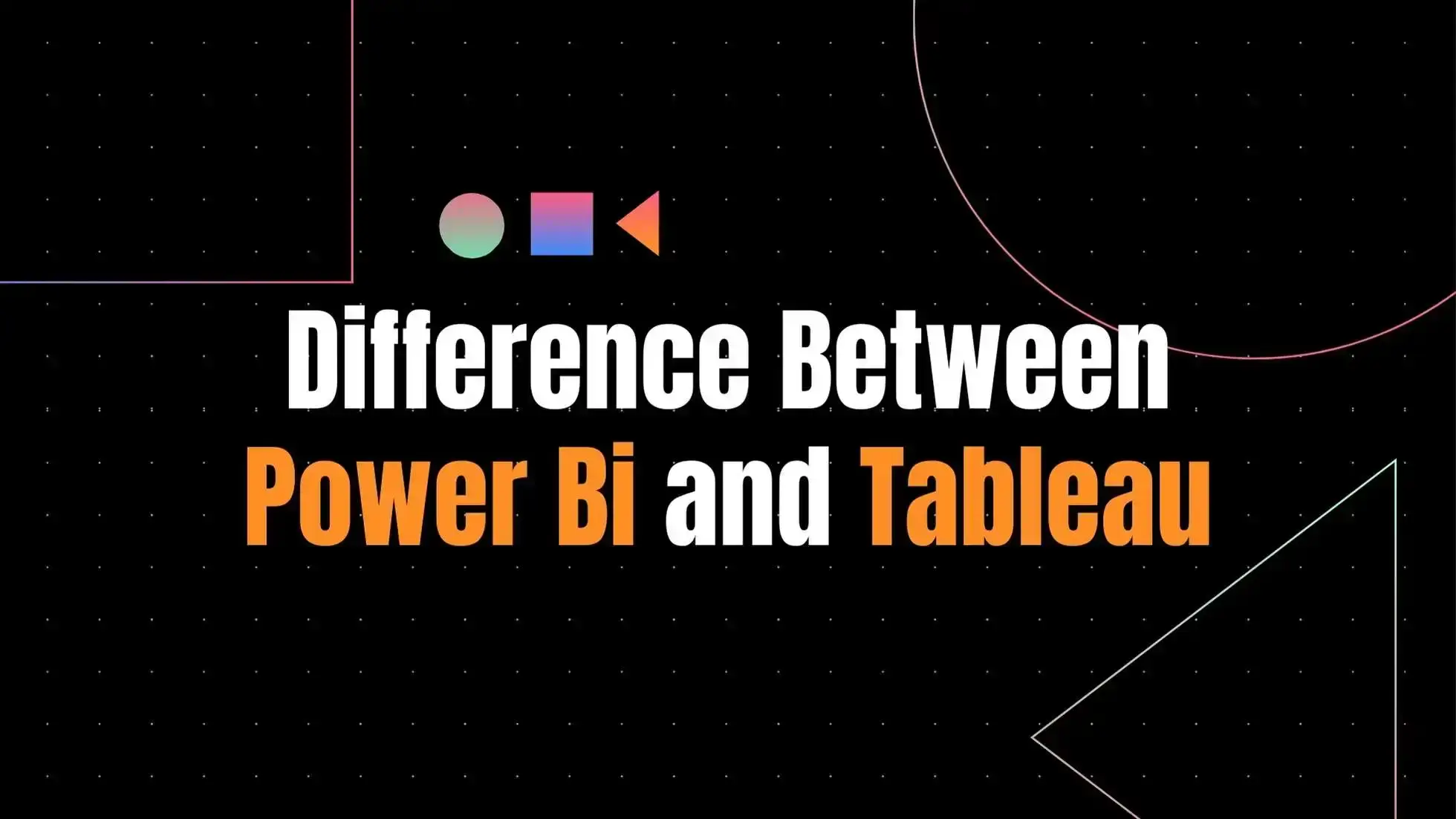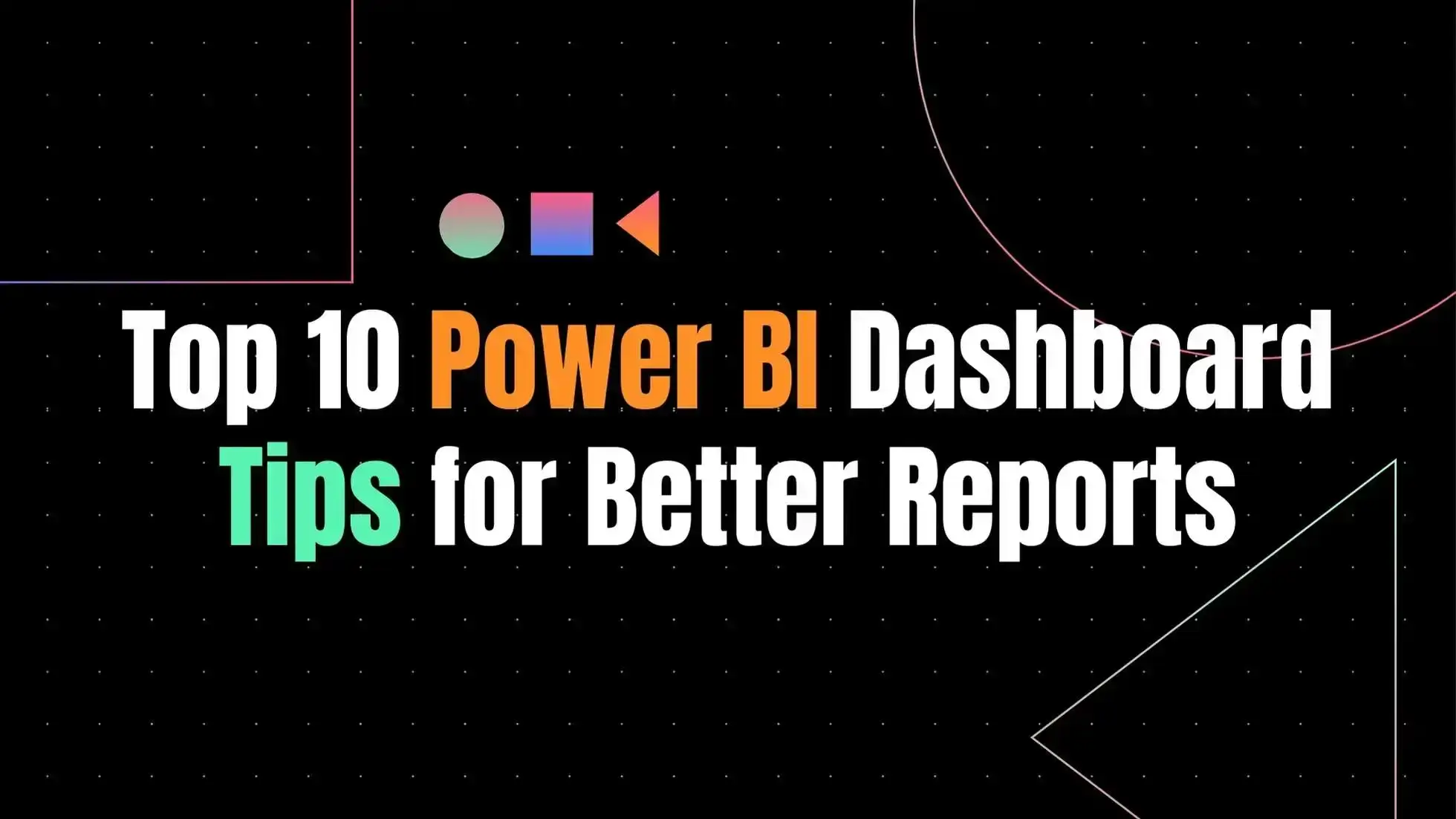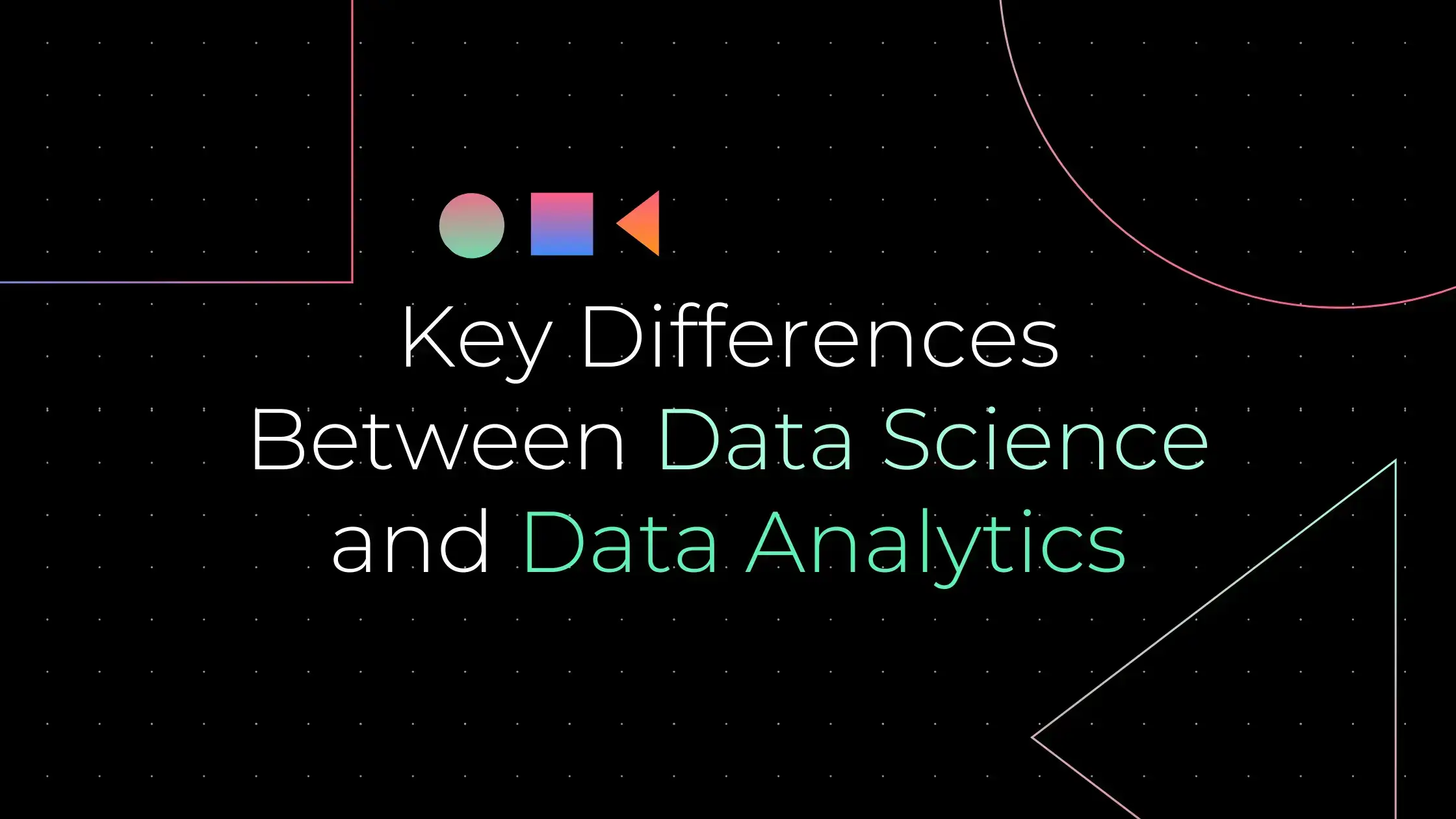With the help of Microsoft’s Power BI, you can analyze and visualize data, draw conclusions from it, and share it with various organizational divisions. Tableau controls the data flow and transforms raw data into actionable information. You can learn more about the differences between Power BI and Tableau by reading this blog.
Describe Tableau.
In the business intelligence sector, Tableau is a potent visual analytics tool. With the help of this tool, businesses can use data to analyze massive amounts of data and find solutions. Tableau functions as a safe and user-friendly analytics platform by encouraging data-driven behavior in individuals and organizations.
Check out the Tableau course offered by Rise Institute Mumbai to learn more about this software in-depth.
Describe Power BI.
Power BI is a scalable and interactive data visualization tool used for business intelligence and data visualization. It has a technology-driven suite of connectors, services, apps, and software. Power BI, a tool created by Microsoft, is used in businesses to produce and publish business intelligence reports.
History of Tableau and Power BI
2010 saw the creation of Power BI, which Ron George created as part of Project Crescent. The public could then download it starting on July 11, 2011. Later, in September 2013, Microsoft changed its name to Power BI.
As a result of a computer science project at Stanford with the goal of increasing data accessibility through the feature of visualization, Tableau was founded in California in 2013. Later, it was purchased by Salesforce for $15.7 billion in 2019.
Price of Tableau and Power BI
The premium version of Power BI costs approximately $4,995 per capacity, per month, including storage resources. Anyone can use the free version, which is also available. The cost of their pro plan is $9.99 a month.
It costs more to use Tableau. The pro plan for one user starts at $70 per month.
Aspects of Tableau
- Simple dashboard – Tableau is accessible to users of all data literacy levels. Users can gain helpful insights thanks to its user-friendly dashboard and UX.
- Analytics in real-time – Using Tableau, users can access important data immediately.
- Integrating Tableau with various data sources, technologies, and formats is simple thanks to its data connectors.
- Sharing and teamwork – Tableau makes it simple for staff members to exchange and work together on project reports within the company.
- Mobile-friendly – Tableau dashboards work on tablets and smartphones as well.
- Support – Tableau’s forums and community support give staff members access to helpful training options.
Strengths of Power BI
- Desktop that is interactive Regardless of their level of data expertise, users can access data and generate reports quickly with Power BI’s interactive desktop tool.
- Custom visualization – In addition to its default options, businesses can access its library of custom visualizations to meet their particular requirements.
This course on Data Visualization With Power BI is for you if you want to discover how to use Power BI effectively to produce stunning data visualizations. In order to better understand your data, you’ll learn how to connect to data sources, transform and clean your data, and then produce visualizations. Additionally, you’ll discover how to impart your visualizations to others, enabling them to gain from your insights as well. Enroll right away to begin learning how to use data to your advantage!
- Visibility – Power BI’s ability to visually organize data sets allows for a better understanding of them and gives businesses an advantage over their rivals.
- Support for data sources – Power BI provides support for a variety of data sources, including Microsoft Excel, SQL, Web files, etc., to create engaging and interactive visualizations.
- Power BI’s stream analytics is a crucial feature that gives users access to real-time insights for rich visualization experiences. Users can set up upstream in the dashboard and make prompt decisions by utilizing Microsoft tools like Azure Stream Analytics.
Tableau items
Among the most important items in the Tableau Product Suite are:
- Public Tableau
- Tableau Personal Desktop
- Desktop Professional Tableau
- Figure Server
- Figure Reader
- Tableau Public
Products by Power BI
Power BI provides a variety of products, including:
- Desktop Power BI
- Pro Power BI
- BI Power Mobile
- Embedded Power BI
- Premium Power BI
- Data Gateway for Power BI
- Report Server for Power BI
Tableau vs. Power BI
Tableau
- Performance – can easily handle large data volumes. Tableau has a wealth of data Visualization features that enable quick 360-degree views of the data.
- Cost – A yearly subscription is more expensive and costs about $1000.
- User Experience – Users can create and personalize the dashboard using an intelligent user interface. Users can experiment and explore in this intuitive workspace that is scalable. The workspace includes a sidebar, sheet tabs, and various tools.
- sources of data – access to a range of data sources, including Google Analytics, Hadoop, Excel, PDF, and JSON.
- Easy of use – With additional features and capabilities, such as the incorporation of natural language capabilities, it is simple to use.
- visualization of data – Ability to adapt the dashboard for a particular device and feature that translates queries into data visualization
- Customer service – Since it has been around for years, there is active customer support as well as a thriving online community.
- Programming Assistance – It provides simple R language integration. Python, Java, C++, and C can all be used to implement its development kit.
- computer learning – It supports the capabilities of Python machine learning, which let users perform operations on forecast data.
Power BI
- Performance – performs better with fewer data points. When handling bulk data, it has a tendency to lag and grow slower.
- Cost – Tableau is more expensive, but a yearly subscription is about $100.
- User Experience – The user interface’s simplicity makes integration with other Microsoft products simple. It is extremely user-friendly and simple to learn. Report, model, and data views are among its three views.
- sources of data – supports a variety of data sources, such as Excel, MySQL, Oracle, etc., but has restricted access to servers in contrast to Tableau.
- Easy of use – Its user-friendly interface, which is based on Microsoft Office 365, makes it much simpler to use.
- visualization of data – includes helpful drag-and-drop features and features to arrange visually appealing data sets.
- Customer service – It is relatively new, so the community is smaller.
- Programming Assistance – It supports data analysis expression for modelling and manipulating data as well as M language for simple integration.
- computer learning – It supports Microsoft’s business analytics software and the company’s platforms, such as Azure databases, which let users spot patterns or trends in data.
Benefits of Tableau
Tableau has many benefits that make it a standout tool for data visualization, including the following:
- Simple to use for users of all data literacy levels
- extremely quick and simple design
- Learning and comprehending it are simple. For businesses, the cost of training is lower.
- Tableau’s data visualization feature allows users to adapt it to their particular organizational or business requirements.
- Tableau is skilled at processing large amounts of data quickly.
- Tableau provides top-notch customer service. Its online community provides a range of training and educational opportunities that provide additional assistance in resolving problems.
- With its simple integration of scripting languages like R and Python, it can perform intricate table calculations.
- For the interpretation of data, it has a storytelling feature.
- Users can prepare and examine data for analysis.
Benefits of Power BI
Power BI provides users with amazing benefits, such as –
- Anyone can use the free version of Power BI, which enables users to quickly access data and create reports.
- Users don’t need to have a high level of data literacy to use it, making it very simple to use. Its design is based on Microsoft Office 365, which the majority of users are already familiar with because it is a Microsoft product.
- One of its most striking features is support for stream analytics. Users prefer Power BI for making quick decisions thanks to real-time analytics.
- It has a built-in dashboard and typical SaaS solution reports.
- Power BI will help you create secure connections both on-premises and in the cloud.
- It has many amazing features for displaying data.
- It is simple to use with the Python and R languages.
- It provides a safe setting for rapid deployment.
- Power BI uses machine learning and artificial intelligence to handle complex data and provide better visualization.
- There are several ways to clean the data using the Power Query feature.
- After publishing, the data in the Power BI web service can be refreshed automatically.
- It provides numerous, adaptable data connectivity options. To create interactive visualizations, it can connect to a variety of data sources, especially those from Microsoft.
- In addition to its standard library, it also includes a custom library of visualization for improved features and advantages.
The shortcomings of Power BI
Utilizing Power BI has some drawbacks or disadvantages, including:
- When dealing with large amounts of data, Power BI tends to drag and becomes slower.
- In Power BI, the acceptable file size should be less than 1 GB.
- Users of Power BI are only able to share their dashboards with individuals who use the same email domains.
- Data that has been imported from real-time connections cannot be mixed.
- Power BI does not allow the passing of dashboard or other entity parameters.
Drawbacks of Tableau
Using Tableau has some drawbacks, including:
- Comparatively speaking to other tools, Tableau is very expensive.
- It requires expensive training.
- In Tableau, importing a custom visualization can be challenging.
- Tableau and even change management don’t have any versions.
- Tableau is not the best option for small to mid-sized businesses. The best use cases are for big businesses or organizations that can afford the licensing fee.
- Although Tableau can integrate with more than 250 applications, embedding reports into other applications is challenging.
- It is not supported by machine learning or artificial intelligence.
- Only Microsoft applications that support single sign-on (SSO), such as Dynamics 365, Office 365, Power Apps, etc., can be connected to it.
Conclusion
I’m hoping that this comparison of Power BI and Tableau will make it easier to understand how each tool differs. Powerful data visualization tools like Power BI and Tableau can both be used to help you understand your data and find new insights. A more complete business intelligence platform, Power BI comes with tools for data warehousing, ETL, and data modelling. Although it has some basic data analysis features, Tableau is primarily a tool for data visualization. Additionally, Power BI costs more than Tableau while providing an extensive feature set. If data visualization is your main interest, Tableau is less expensive and possibly a better option. The best way to choose between the two tools if you’re still unsure which one is best for you is to give them both a try and see which one you like better.
Why Should you Join Rise Institute Mumbai?
Rise Institute in Mumbai is a highly reputed training institute that provides exceptional training in Power BI and Tableau. It is widely recognized as the best Power BI and Tableau training institute in Mumbai due to its comprehensive curriculum, experienced faculty, and 100% placement support.
The Power BI and Tableau training program at Rise Institute is designed to provide students with a thorough understanding of these data visualization tools and their practical applications. The course covers topics such as data analytics, data modeling, data visualization, and report building. Students gain hands-on experience through practical projects and assignments, which help them develop their skills and apply their knowledge in a real-world setting.
The faculty at Rise Institute comprises experienced professionals who have extensive knowledge of Power BI and Tableau and their various applications. They bring their expertise to the classroom and provide students with practical insights and knowledge that cannot be found in textbooks. The institute also has well-equipped labs where students can practice their skills and apply their knowledge in a real-world setting.
Rise Institute is committed to helping students secure placements in reputed organizations after the completion of their Power BI and Tableau training program. The institute has tie-ups with many leading companies in the industry, and they regularly conduct campus placements for their students. Additionally, the institute offers interview preparation sessions, resume building workshops, and other career-related services to ensure that students are well-equipped to face the job market.
In summary, if you’re looking for the Best Power BI and Tableau training institute in Mumbai with 100% placement support, Rise Institute is an excellent choice. With its experienced faculty, practical approach, and industry tie-ups, it can help you achieve your career goals in the field of data visualization and analytics.







